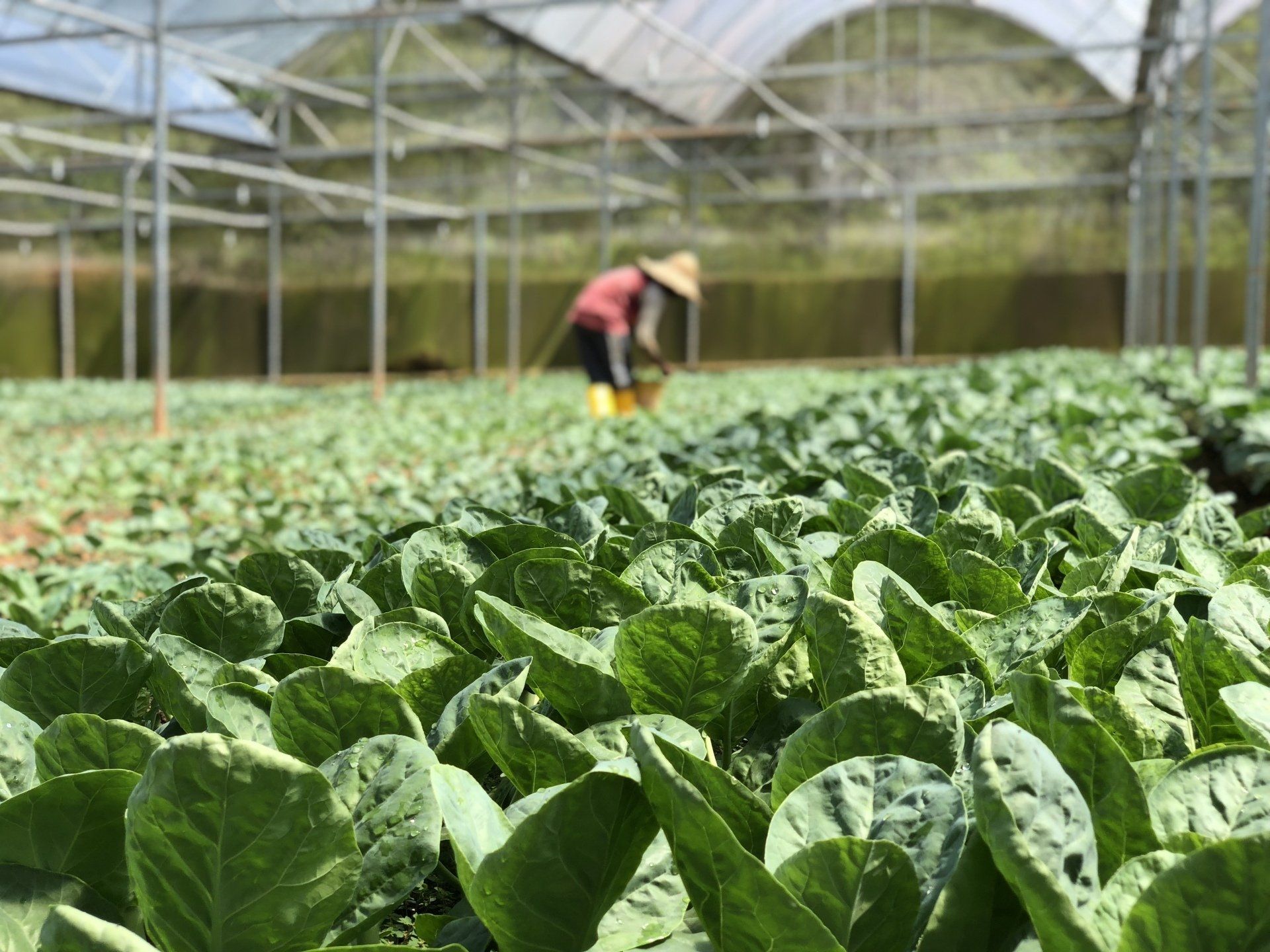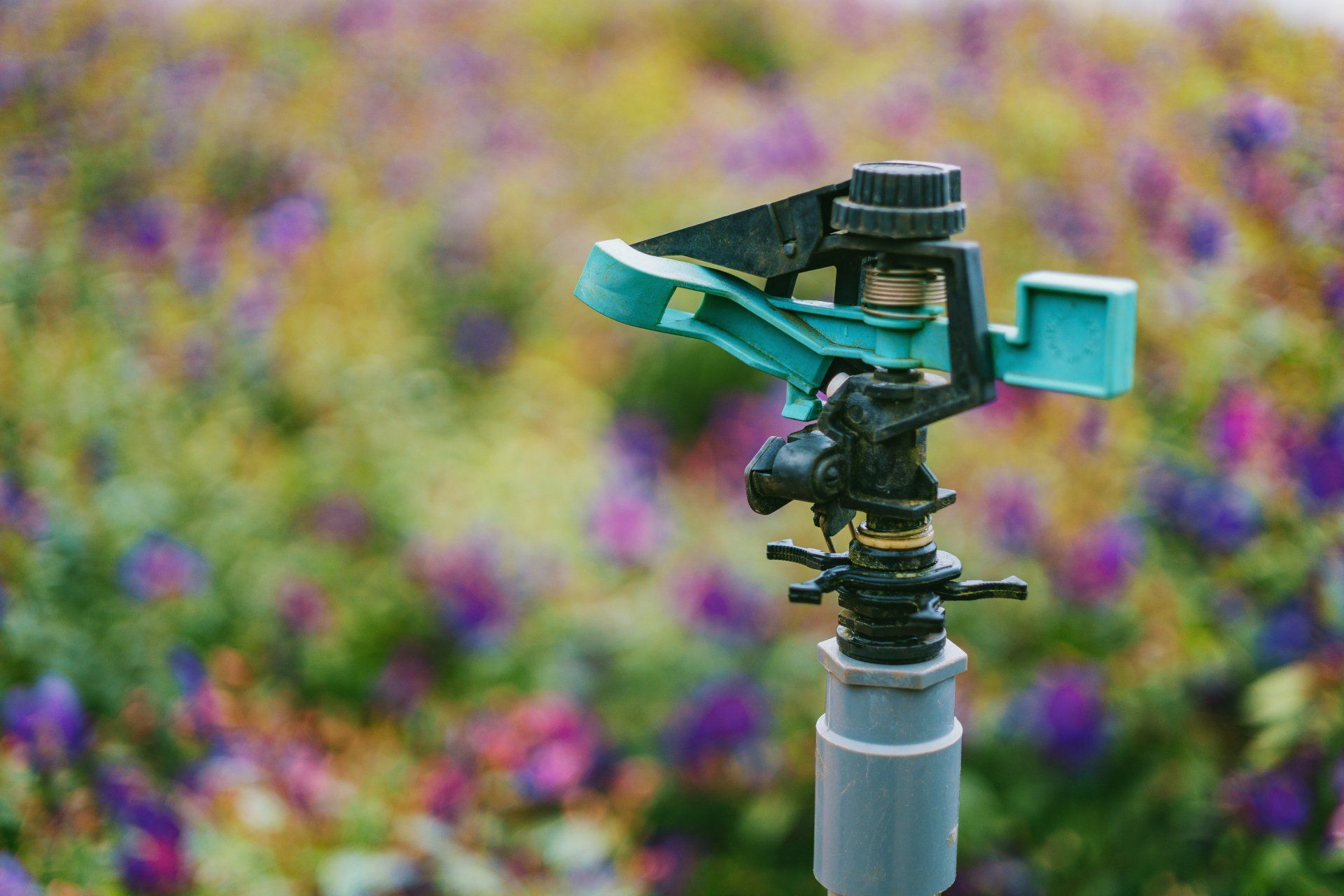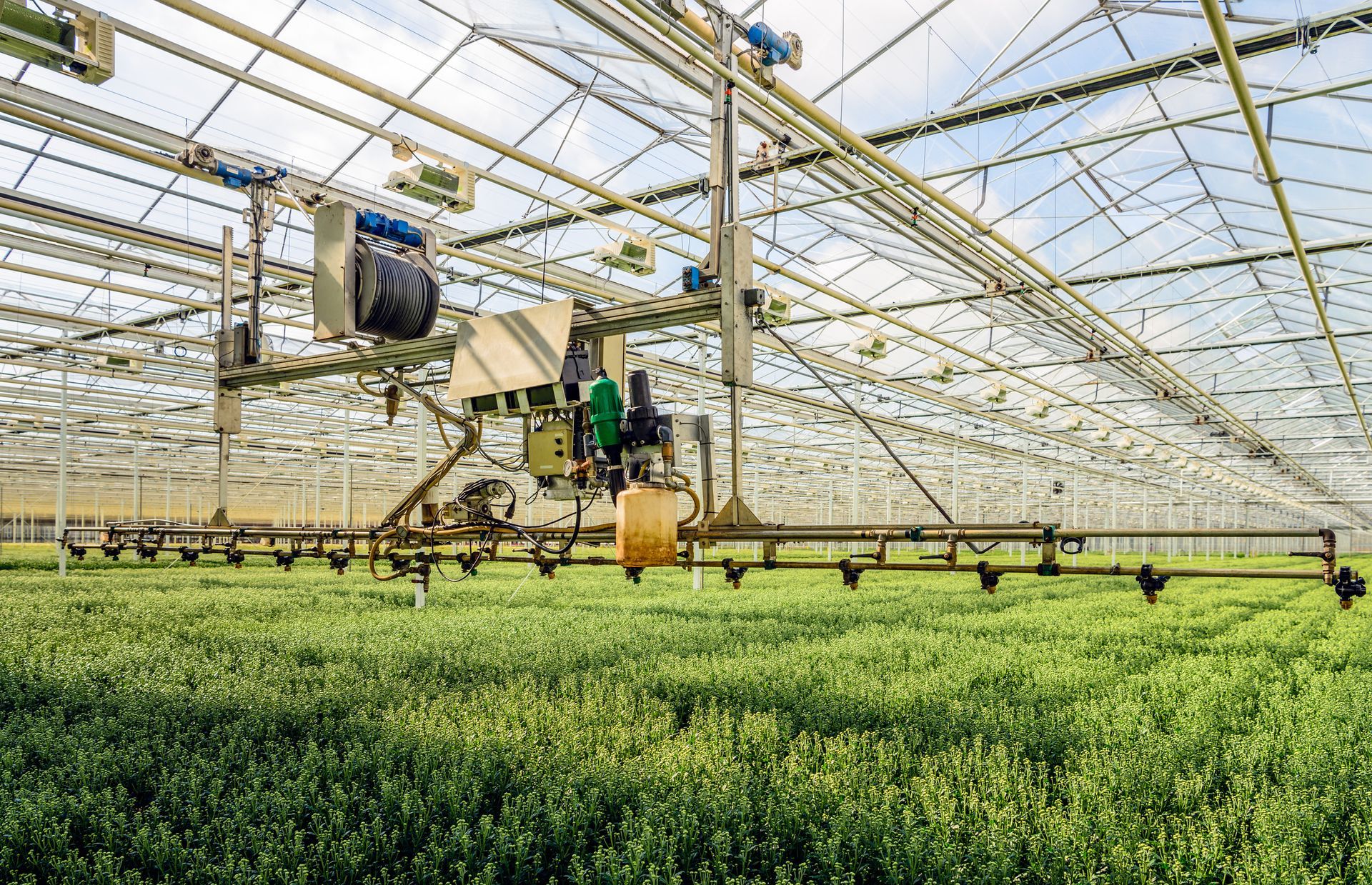Cold Weather’s Impact on Local Plant Nurseries Winer Plant Protection
Winter temperatures in Florida can get low enough to damage tropical, subtropical, and even sometimes temperate plants, especially if they're not acclimated to lower temperatures.
Plants become acclimated by gradual decreases in temperature over a period of time. Sudden freezes after a period of warm weather often do more damage to plants than a freeze during a period of cold weather. Most plant parts can adapt to cold, but fruits and roots do not develop good cold tolerance. Cold injury to plants in containers is common.
Acclimatization, protection, and proper post-freeze pruning can help your plants survive a freezing spell or harsh winter season.
WHAT TO DO BEFORE THE FREEZE
While Florida has a general climate, your home landscape will also have its own microclimates—areas that are cooler or warmer, wetter or drier than surrounding areas. Consider microclimates when deciding where to put cold-sensitive plants.
Avoid planting tender plants in a low area where cold air settles. Arrange plantings, fences, or other barriers to protect tender plants from cold winds. Make sure the soil has good drainage since poorly drained soils result in weak, shallow roots that are susceptible to cold injury.
Proper Plant Nutrition
Healthy well-nourished plants will tolerate cold temperatures better and recover from injury faster than other plants. Be careful though: late fall fertilization can result in a late flush of growth that is more susceptible to cold injury.
Shading
Tree cover can reduce cold injury during some freezes. Areas under tree canopies can reach a higher temperature overnight because the canopy traps heat radiating from the ground. But if you grow a plant that needs full sun in the shade, it will be unhealthy, sparsely foliated, and less tolerant of cold temperatures.
Windbreaks
Fences, buildings, temporary coverings, and adjacent plantings can all serve as windbreaks and protect plants from cold winds. Windbreaks are especially helpful during advective freezes, but do not help during radiational freezes.
Irrigation
Watering landscape plants before a freeze can help protect plants. Wet soil will absorb more heat during the day and radiate it during the night. Keep in mind that prolonged saturated soil conditions damage the root systems of most plants.
Other Cultural Practices
Avoid late summer or early fall pruning, which can cause a flush of new growth that is more susceptible to cold injury.
Inspect plants regularly for pests and control as necessary since plants weakened by disease, insect damage, or nematode damage are susceptible to cold injury.
WINTER PLANT PROTECTION METHODS
Move plants in containers into protected areas where heat can be supplied or trapped. If you have to leave containers outdoors, push them together and protect with mulch to reduce heat loss from the container walls. (Note: Leaves of large canopy plants may be damaged if crowded together for extended periods.)
Heat radiates from soil surfaces during the night and is mainly lost to the atmosphere unless it is trapped. Reduce radiant heat loss and protect plant roots by placing mulch around the plants. For perennials, the root system is all that needs to be protected.
Coverings protect more from frost than from extreme cold. Covers that extend to the ground and do not touch plant foliage can lessen cold injury trapping heat. However, be careful when putting using plastic as a cover because foliage that touches plastic coverings is often injured since the cover actually takes heat away from the plant.
Examples of coverings include cloth sheets, quilts, plastic, or commercial frost cloths. Remove plastic covers during a sunny day or provide ventilation to keep the air under the cover from heating up too much. Putting a light bulb under a cover is a simple method of providing heat to ornamental plants in the landscape.
WHAT TO DO AFTER THE FREEZE
Watering
After a freeze, especially on a sunny day, plants can lose water because the water in the soil or container medium is frozen. Watering the plants will give them available water and will also help thaw the soil.
Pruning
After a freeze, you can remove dead leaves once they turn brown. You should wait to do any severe pruning until new growth appears. This way you can be sure you are not removing any live wood and damaging the plant even more.
Sometimes cold injury isn’t as obvious. For instance, two symptoms of cold injury are a lack of spring bud break and/or an overall weak appearance. On woody plants, the cambium layer under the bark will be black or brown if a branch is damaged.
Luckily freezes don’t happen too often, which means Florida gardeners can still grow the tropical and subtropical plants that wouldn’t survive in other states. But that doesn’t mean freezes do not pose a threat to your landscape. Follow weather reports and protect and prepare vulnerable plants accordingly before freezes take them by surprise
For more information on winter plant protection, cold-hardy plant varieties, and other winter landscaping questions, contact us

Subscribe to our
Newsletter
Contact Us
Thank you for subscribing to our newsletter!
Please try again later.






